Of all the various factors that go into creating a great interior design, light is one of the most important. Good lighting makes a space usable and accessible. It also makes it appear larger and more welcoming. There are many ways that you can increase light in interior design, but for some small and dark spaces, the most effective ways to brighten the area is to boost the light that’s already there, rather than trying to add additional sources. This means incorporating reflective surfaces like glass tile into the overall design.
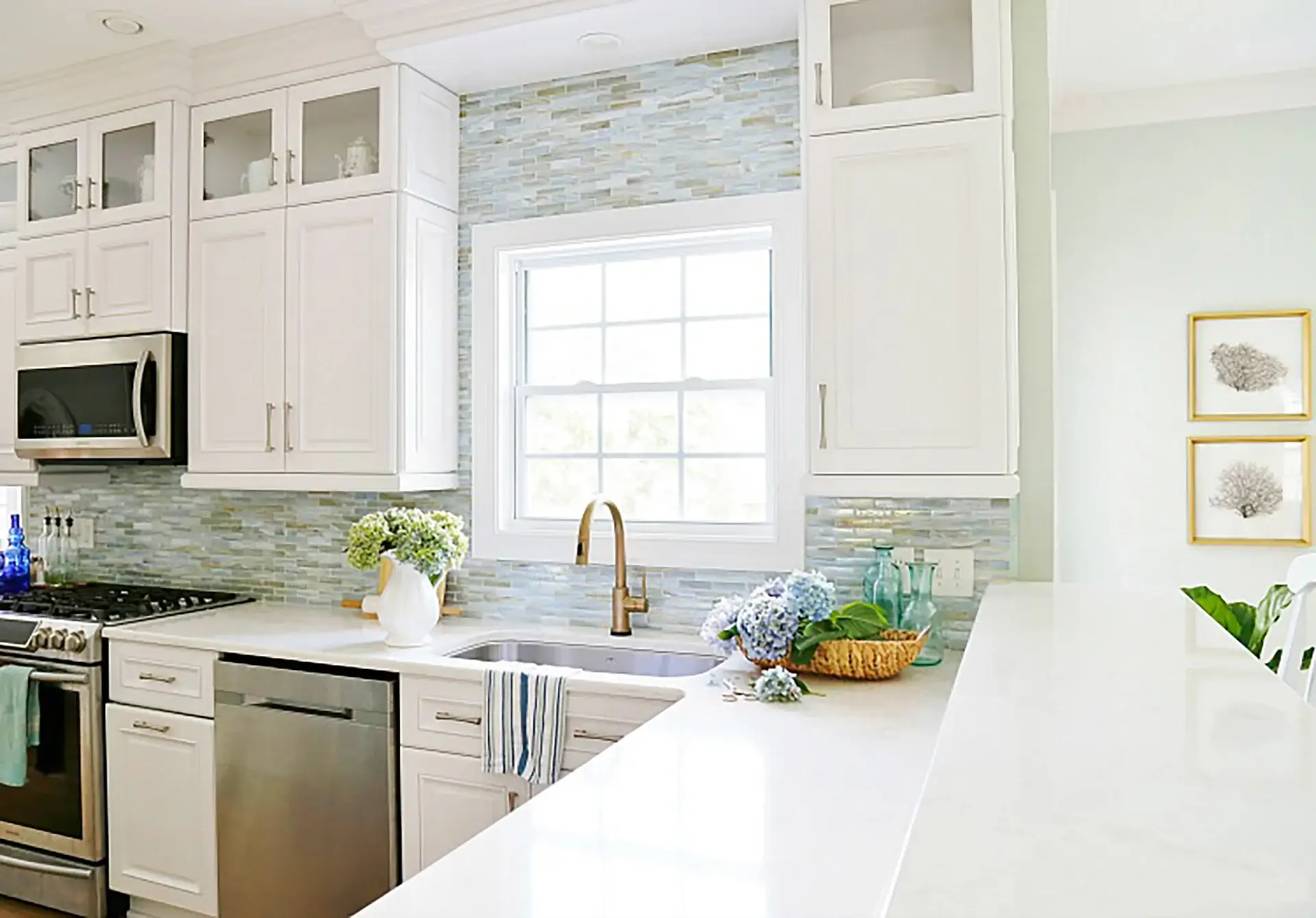
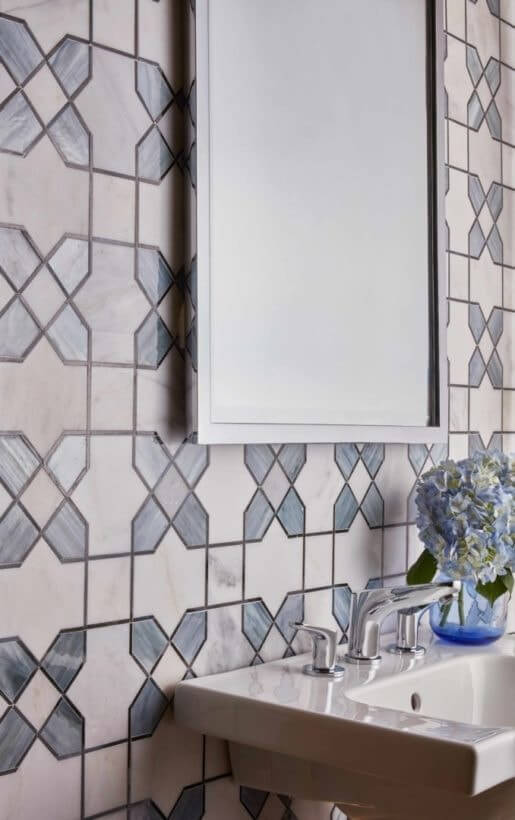 While many people think of glass tiles as a modern or contemporary product, this material has actually been around since the 3rd century BC. Glass was originally used as far back as 2500 BC as parts of decorative mosaics – small tiles pieced together to form a larger image. As glass production increased, so did the ability to create larger and more durable tiles, with artisans in Greece, Persia, and India the first tiles made entirely from glass.
While many people think of glass tiles as a modern or contemporary product, this material has actually been around since the 3rd century BC. Glass was originally used as far back as 2500 BC as parts of decorative mosaics – small tiles pieced together to form a larger image. As glass production increased, so did the ability to create larger and more durable tiles, with artisans in Greece, Persia, and India the first tiles made entirely from glass.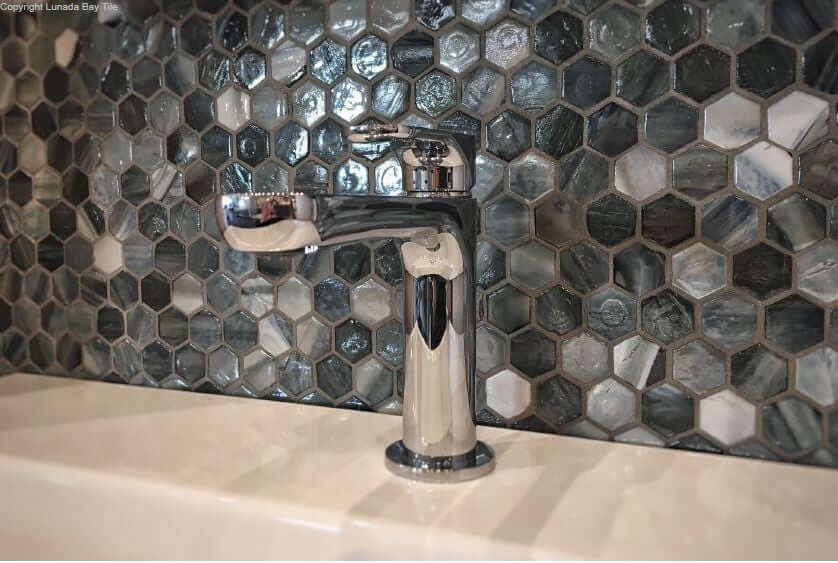 Glass tiles have a lot of benefits for your interior design, no matter what type you use or where you use them. Glass is a sustainable or green material; it can be recycled endlessly and most glass tiles do contain at least some recycled content. Because glass is a reflective surface, any light in the room reflects off it and amplifies, increasing the sustainability of the design; with glass tiles in the room, you may need less artificial light.
Glass tiles have a lot of benefits for your interior design, no matter what type you use or where you use them. Glass is a sustainable or green material; it can be recycled endlessly and most glass tiles do contain at least some recycled content. Because glass is a reflective surface, any light in the room reflects off it and amplifies, increasing the sustainability of the design; with glass tiles in the room, you may need less artificial light.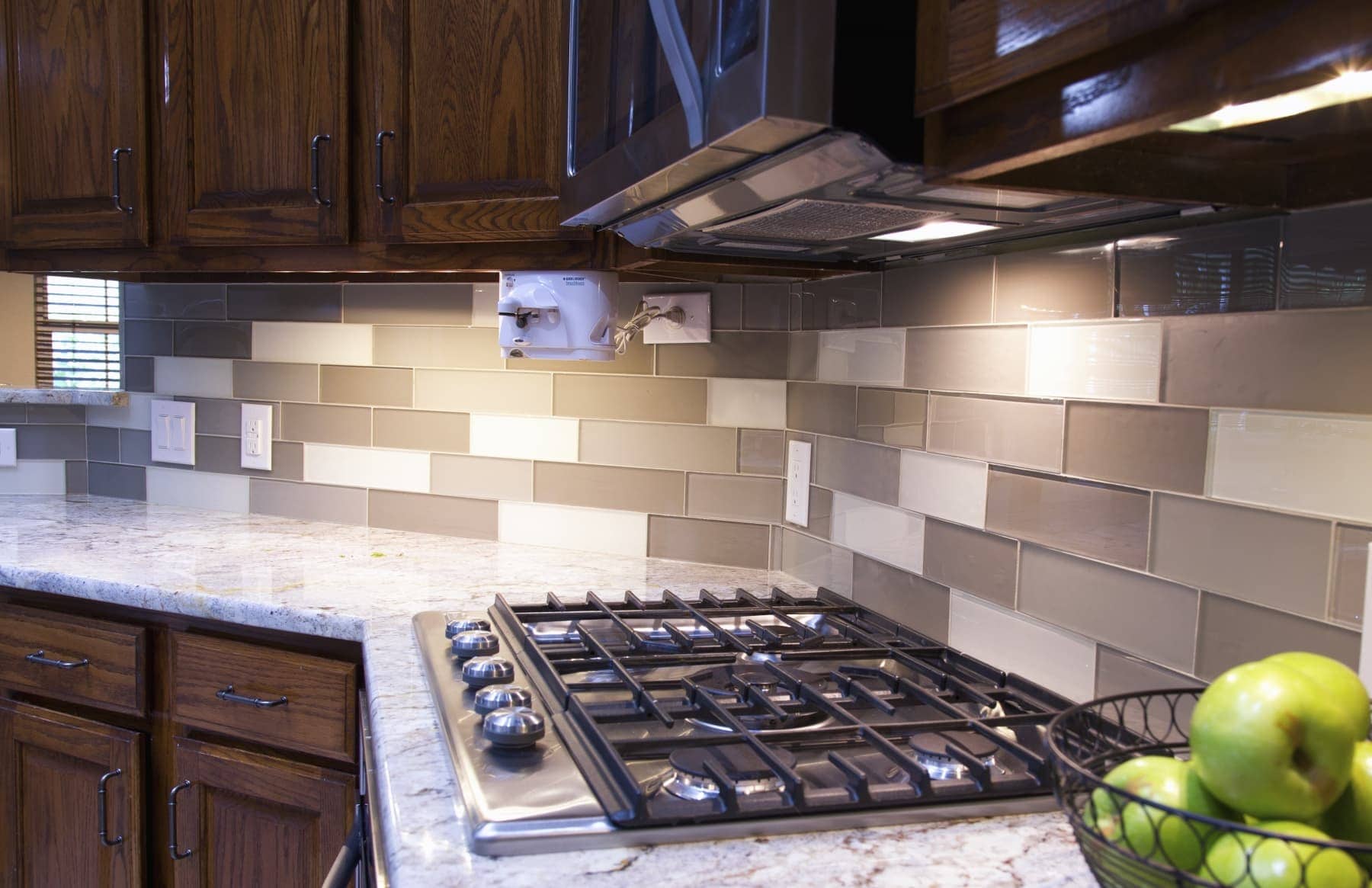 Glass tile backsplashes can be created in many different ways, to help brighten the kitchen. Run them along the countertops, focus them behind the cooktop, or extend them to the area above and around the cabinets as well. For example, if you want to add a little reflection to the room as a whole, you could use a mixture of glass and stone mosaics over the entire area. Or, you could use a mixture of tiles along the counters, and boost the light behind the cooktop more by switching to a focus of glass tiles in this area alone.
Glass tile backsplashes can be created in many different ways, to help brighten the kitchen. Run them along the countertops, focus them behind the cooktop, or extend them to the area above and around the cabinets as well. For example, if you want to add a little reflection to the room as a whole, you could use a mixture of glass and stone mosaics over the entire area. Or, you could use a mixture of tiles along the counters, and boost the light behind the cooktop more by switching to a focus of glass tiles in this area alone.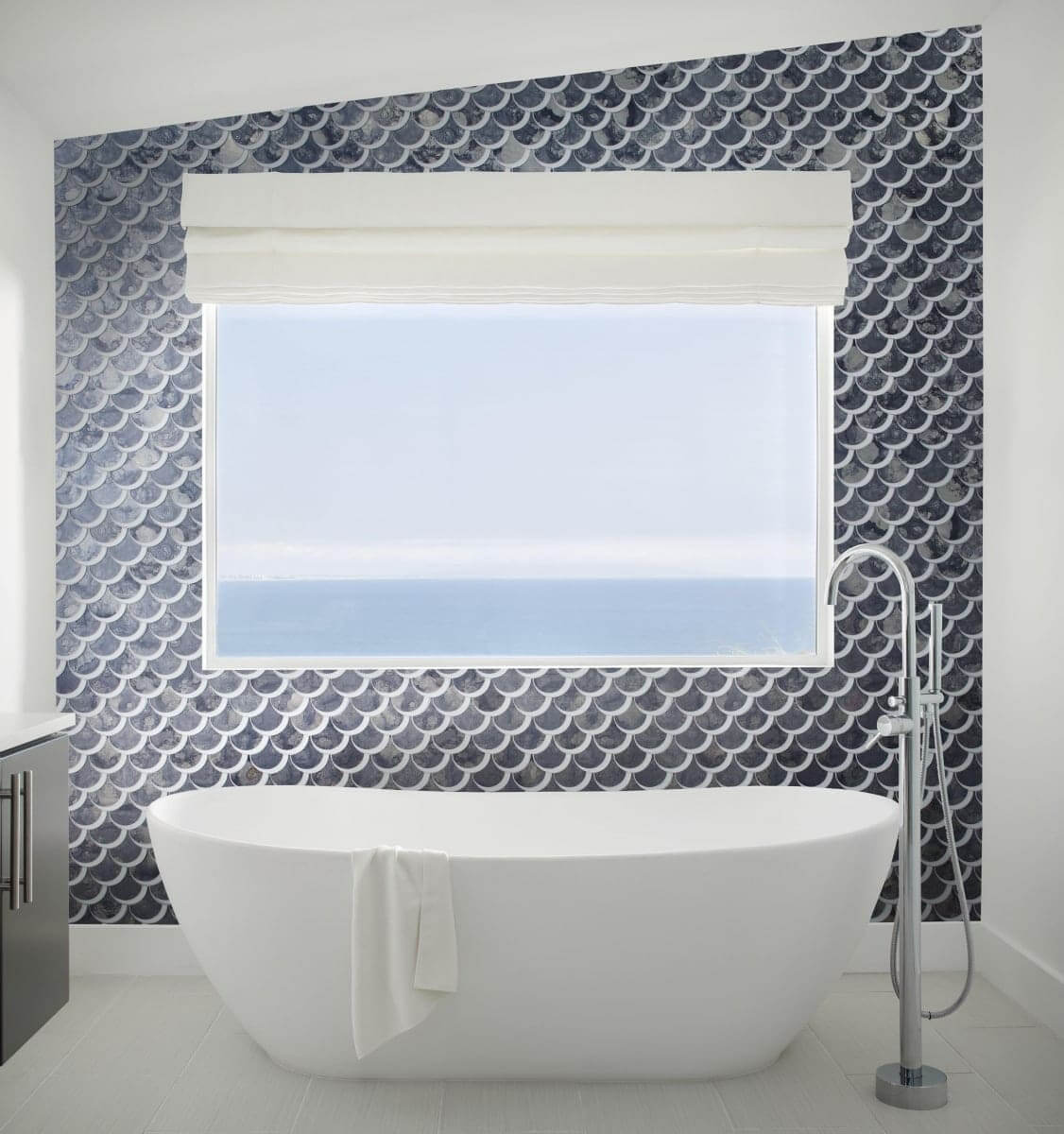 Depending on the type of glass you are using in the bathroom, you may be able to install it anywhere – including on the floor. Not all glass tile is suitable for floor use, so always double check before choosing to use it in this area.
Depending on the type of glass you are using in the bathroom, you may be able to install it anywhere – including on the floor. Not all glass tile is suitable for floor use, so always double check before choosing to use it in this area.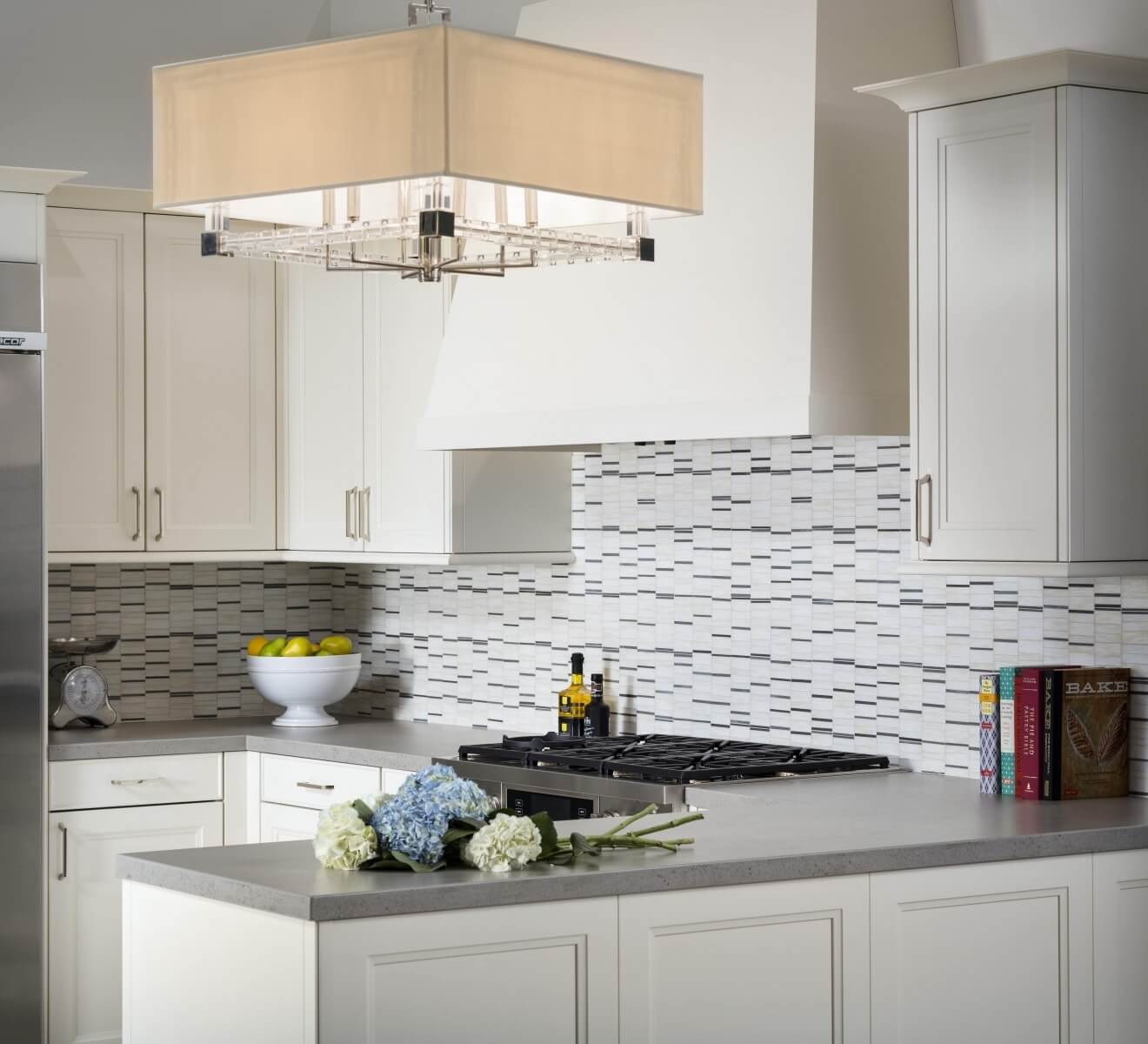 Adding reflective surfaces to a room is a popular practice to boost the sustainability of a home. By using glass tiles to do so, you help increase not only the light and sustainability, but also the aesthetics at the same time. If you’ve been thinking of adding glass to your home, stop in today to see some of our
Adding reflective surfaces to a room is a popular practice to boost the sustainability of a home. By using glass tiles to do so, you help increase not only the light and sustainability, but also the aesthetics at the same time. If you’ve been thinking of adding glass to your home, stop in today to see some of our 